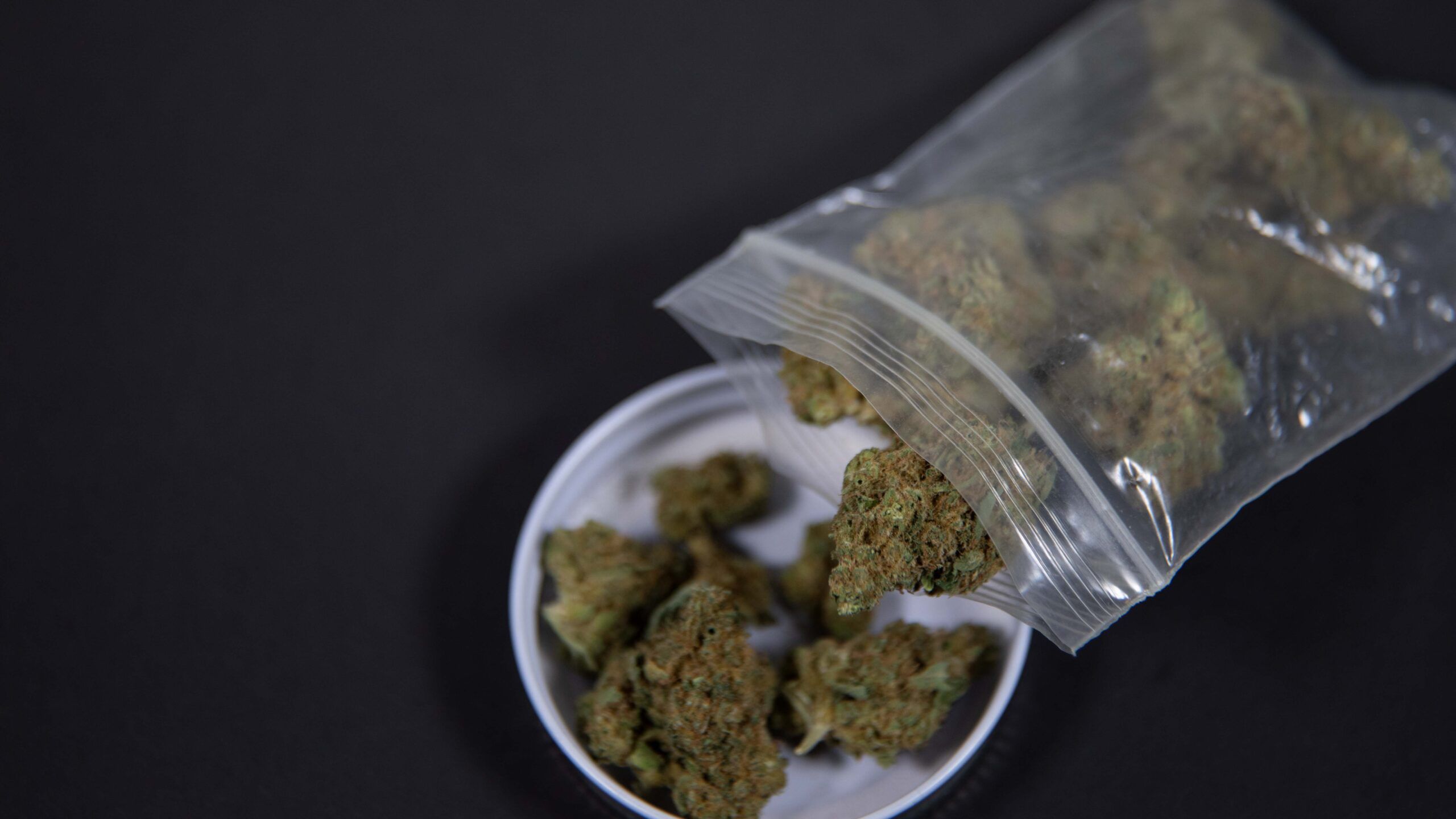Breeding starts with clear goals (chemistry, yield, morphology, disease resistance) and rigorously selected parents. In cannabis, the foundational chemotype—high-THC, high-CBD, or “intermediate”—is strongly influenced by the cannabinoid-synthase genes THCAS and CBDAS. Classic crossing work showed that functional vs. non-functional alleles at these loci largely predict THC:CBD ratios across offspring, giving breeders a genetic handle on chemotype planning.
Modern genomics sharpened the map. A chromosome-resolved genome (“CBDRx”) revealed that a CBDAS cassette introgressed from hemp underlies CBD-dominant cultivars, while THCAS is absent or truncated in those backgrounds—evidence that targeted introgression and selection can “fix” desired cannabinoid outcomes. Practical takeaway: if the breeding objective is reliable CBD dominance, ensure the CBDAS region is present and expressed, and avoid intact THCAS haplotypes in parental lines.
Beyond cannabinoids, breeders select for terpene profiles—the aromatic compounds that strongly shape effect and consumer preference. Increasingly, credible researchers recommend classifying plants by combined cannabinoid–terpene “chemovars,” because terpene patterns track real-world effects more robustly than legacy “indica/sativa” labels. Selecting and line-breeding by chemovar (e.g., “myrcene-dominant with limonene secondary”) helps stabilize aroma, flavor, and user experience across seed lots.
How new strains are built in practice:
- Line building & inbreeding: Breeders start by inbreeding (S- or full-sib mating) within a promising population to create relatively homozygous “parental lines.” This increases predictability—key for the next step.
- F₁ hybrids for uniformity: Crossing two distinct, inbred lines produces an F₁ hybrid that often shows heterosis (hybrid vigor): stronger growth, tighter uniformity, and sometimes higher yield or resin. Recent horticultural trials and reviews in cannabis confirm that true F₁ seed from well-developed parents can deliver meaningful gains and commercial consistency.
- Backcrossing (BC): If a breeder wants a specific trait from a donor (say, a rare terpene signature) in an elite background, they’ll cross the hybrid back to the elite parent repeatedly while selecting marker- or phenotype-positive offspring each generation. The result is a near-isogenic line carrying the desired allele with minimal “genetic baggage.”
- Marker-assisted selection (MAS): Labs now offer qPCR assays that detect male-specific markers and key synthase haplotypes early in seedlings. This lets breeders cull males in seed-production programs, align parental chemotype architecture, and compress selection timelines—saving space, time, and money.
- Stabilization & stress testing: Promising F₁s are selfed or sibling-crossed to watch segregation patterns. Breeders stress test under varied environments to filter lines that hold terpene/cannabinoid targets and morphology under heat, VPD swings, or nutrient stress. Parallel micro-batches allow head-to-head comparisons before naming and release.
- Data-driven chemovar release: Final candidates are profiled with certified labs across multiple harvests. Terpene and cannabinoid repeatability (low coefficient of variation) supports brand claims; outliers are dropped or reworked. The most resilient, uniform selections graduate to clonal “strains” or stabilized seed lots.
A note on limits: while the THCAS/CBDAS model explains a lot, researchers continue to refine how multiple synthase copies, regulatory elements, and background genetics shape total potency and minor cannabinoids. Breeders increasingly lean on whole-genome insights and robust field trials to reconcile genotype with finished-flower chemistry.

